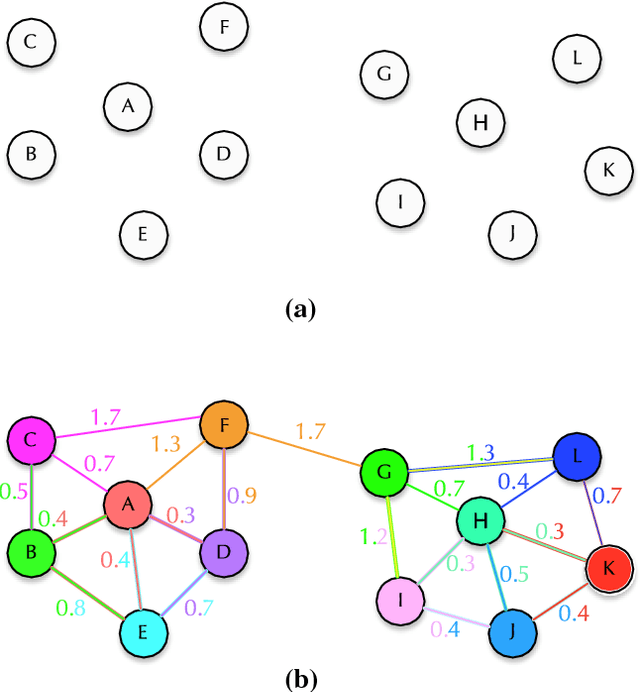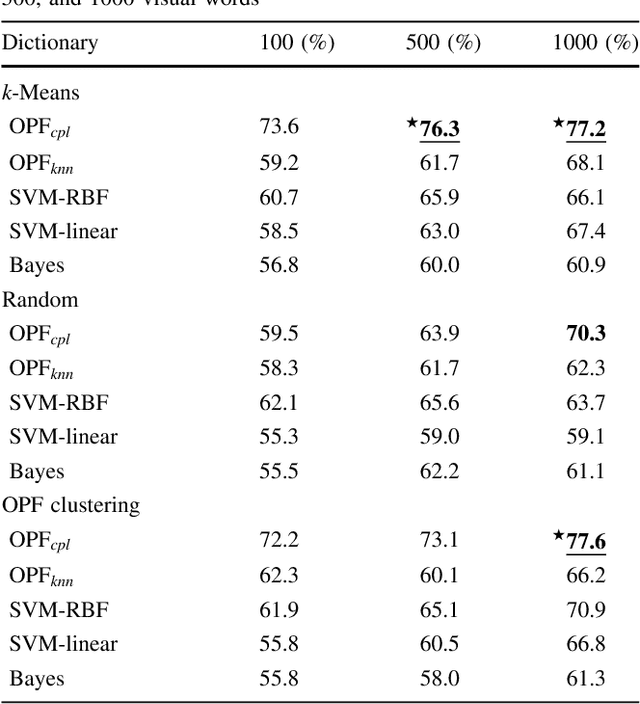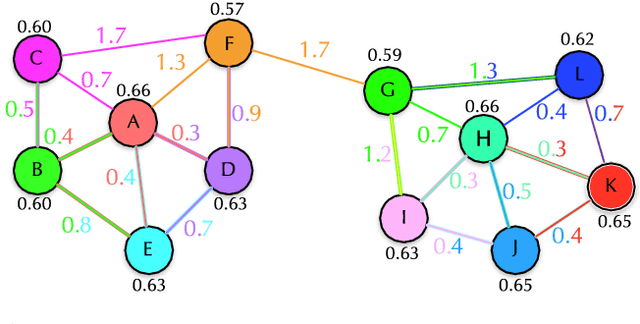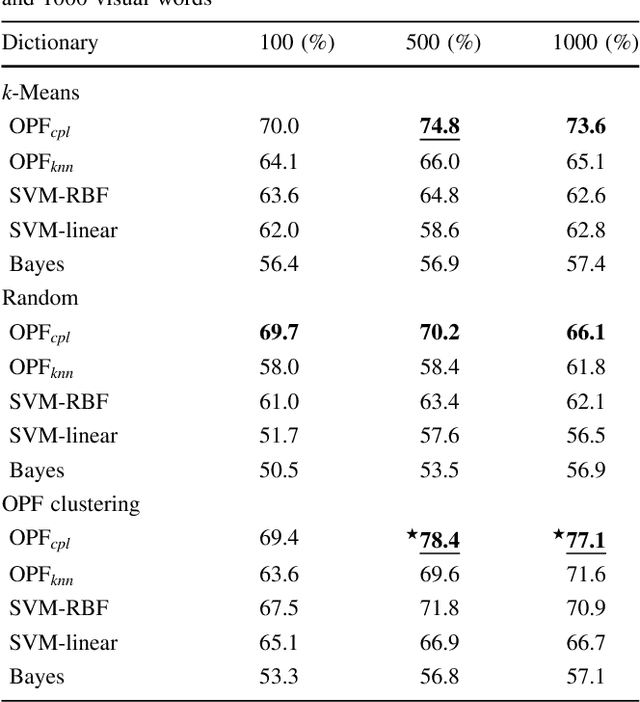Luis C. S. Afonso
Introducing Bode: A Fine-Tuned Large Language Model for Portuguese Prompt-Based Task
Jan 05, 2024Abstract:Large Language Models (LLMs) are increasingly bringing advances to Natural Language Processing. However, low-resource languages, those lacking extensive prominence in datasets for various NLP tasks, or where existing datasets are not as substantial, such as Portuguese, already obtain several benefits from LLMs, but not to the same extent. LLMs trained on multilingual datasets normally struggle to respond to prompts in Portuguese satisfactorily, presenting, for example, code switching in their responses. This work proposes a fine-tuned LLaMA 2-based model for Portuguese prompts named Bode in two versions: 7B and 13B. We evaluate the performance of this model in classification tasks using the zero-shot approach with in-context learning, and compare it with other LLMs. Our main contribution is to bring an LLM with satisfactory results in the Portuguese language, as well as to provide a model that is free for research or commercial purposes.
Hierarchical Learning Using Deep Optimum-Path Forest
Feb 18, 2021



Abstract:Bag-of-Visual Words (BoVW) and deep learning techniques have been widely used in several domains, which include computer-assisted medical diagnoses. In this work, we are interested in developing tools for the automatic identification of Parkinson's disease using machine learning and the concept of BoVW. The proposed approach concerns a hierarchical-based learning technique to design visual dictionaries through the Deep Optimum-Path Forest classifier. The proposed method was evaluated in six datasets derived from data collected from individuals when performing handwriting exams. Experimental results showed the potential of the technique, with robust achievements.
Information Ranking Using Optimum-Path Forest
Feb 16, 2021



Abstract:The task of learning to rank has been widely studied by the machine learning community, mainly due to its use and great importance in information retrieval, data mining, and natural language processing. Therefore, ranking accurately and learning to rank are crucial tasks. Context-Based Information Retrieval systems have been of great importance to reduce the effort of finding relevant data. Such systems have evolved by using machine learning techniques to improve their results, but they are mainly dependent on user feedback. Although information retrieval has been addressed in different works along with classifiers based on Optimum-Path Forest (OPF), these have so far not been applied to the learning to rank task. Therefore, the main contribution of this work is to evaluate classifiers based on Optimum-Path Forest, in such a context. Experiments were performed considering the image retrieval and ranking scenarios, and the performance of OPF-based approaches was compared to the well-known SVM-Rank pairwise technique and a baseline based on distance calculation. The experiments showed competitive results concerning precision and outperformed traditional techniques in terms of computational load.
Learning Visual Representations with Optimum-Path Forest and its Applications to Barrett's Esophagus and Adenocarcinoma Diagnosis
Jan 19, 2021



Abstract:In this work, we introduce the unsupervised Optimum-Path Forest (OPF) classifier for learning visual dictionaries in the context of Barrett's esophagus (BE) and automatic adenocarcinoma diagnosis. The proposed approach was validated in two datasets (MICCAI 2015 and Augsburg) using three different feature extractors (SIFT, SURF, and the not yet applied to the BE context A-KAZE), as well as five supervised classifiers, including two variants of the OPF, Support Vector Machines with Radial Basis Function and Linear kernels, and a Bayesian classifier. Concerning MICCAI 2015 dataset, the best results were obtained using unsupervised OPF for dictionary generation using supervised OPF for classification purposes and using SURF feature extractor with accuracy nearly to 78% for distinguishing BE patients from adenocarcinoma ones. Regarding the Augsburg dataset, the most accurate results were also obtained using both OPF classifiers but with A-KAZE as the feature extractor with accuracy close to 73%. The combination of feature extraction and bag-of-visual-words techniques showed results that outperformed others obtained recently in the literature, as well as we highlight new advances in the related research area. Reinforcing the significance of this work, to the best of our knowledge, this is the first one that aimed at addressing computer-aided BE identification using bag-of-visual-words and OPF classifiers, being this application of unsupervised technique in the BE feature calculation the major contribution of this work. It is also proposed a new BE and adenocarcinoma description using the A-KAZE features, not yet applied in the literature.
 Add to Chrome
Add to Chrome Add to Firefox
Add to Firefox Add to Edge
Add to Edge